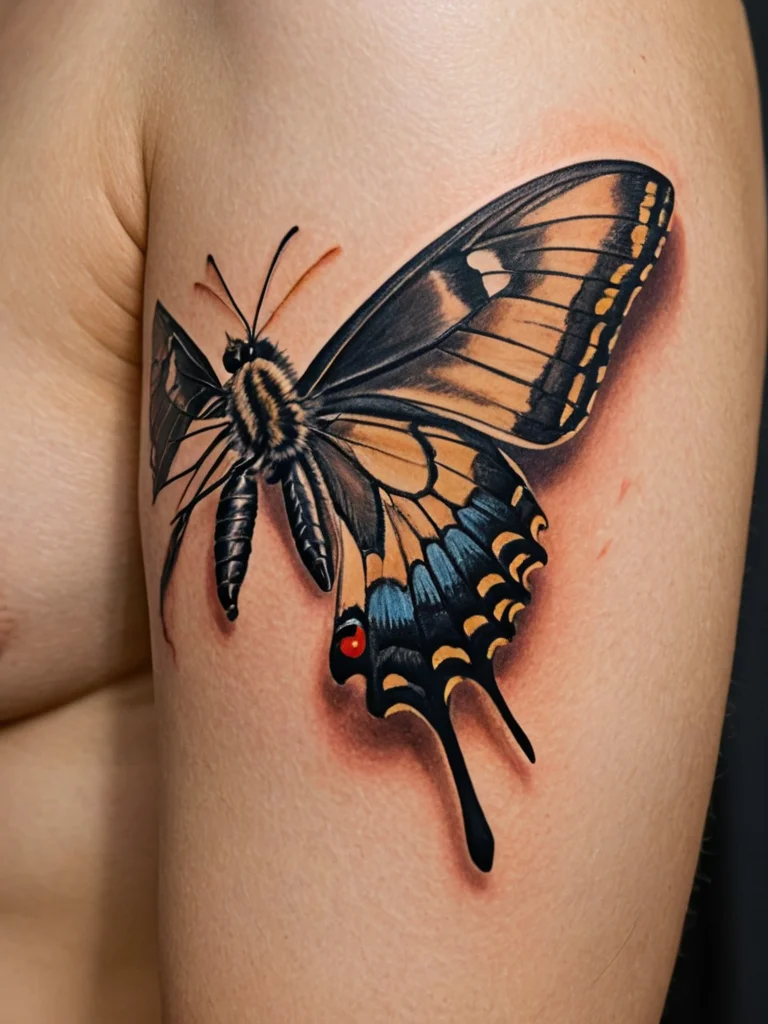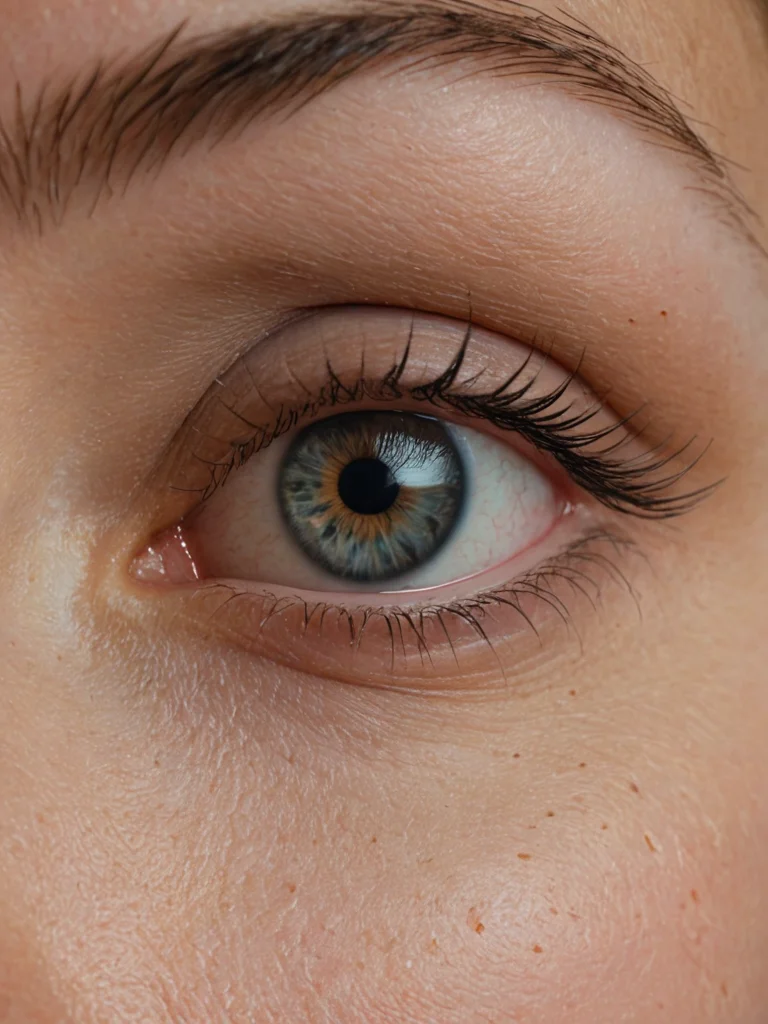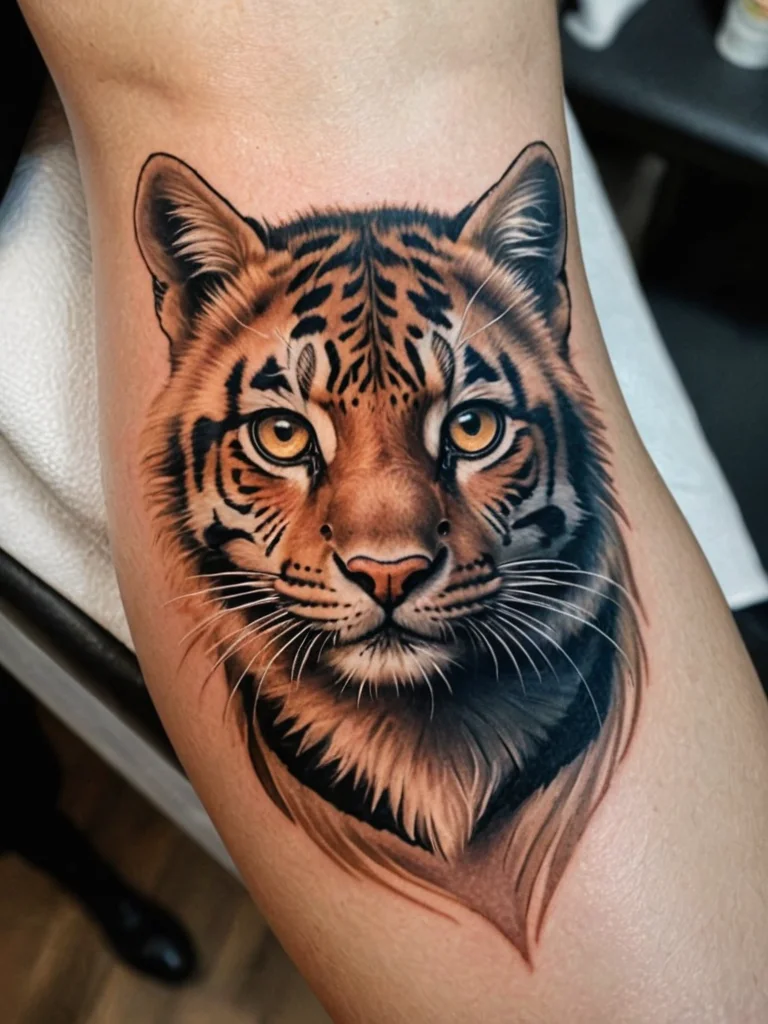Micro-realism tattoos have taken the tattoo world by storm, offering an astonishing level of detail and lifelike imagery in a remarkably small scale. These miniature masterpieces are a testament to the incredible skill and precision of modern tattoo artists. If you’re captivated by the idea of incredibly detailed, yet subtle, body art, then micro-realism might be the perfect style for you. This guide will delve into what defines micro-realism, explore the intricate techniques employed by artists, discuss how to ensure your tiny work of art stands the test of time, and help you find the right artist to bring your vision to life.
What exactly is micro-realism? defining the miniature masterpiece

Micro-realism, at its core, is a tattoo style that aims to replicate reality with an extreme level of detail, but on a significantly smaller canvas than traditional realism. Think of it as a high-definition photograph translated into tattoo ink, shrunk down to fit beautifully and subtly on your skin. Unlike its larger counterpart, traditional realism, which often utilizes bold lines and expansive shading to create impact, micro-realism thrives on subtlety, fine lines, and an almost microscopic attention to the smallest nuances of the subject. This style is particularly adept at capturing portraits of people or pets, intricate natural elements like flowers or insects, or even small, symbolic objects, all rendered with astonishing fidelity. The beauty of micro-realism lies in its ability to surprise; a viewer might see a small mark from a distance, only to discover a breathtakingly detailed image up close. This intimate reveal is part of its unique charm. It’s not just about replicating an image; it’s about capturing the essence and spirit of the subject in a way that feels both incredibly personal and remarkably lifelike, despite its miniature size. The precision required means that every dot, every shade, every highlight is critical, pushing the boundaries of what many believe is achievable with tattooing.
The art of detail: key techniques behind micro-realism tattoos

The creation of a micro-realism tattoo is a meticulous dance between the artist’s vision, specialized tools, and an unwavering hand. At the heart of this style lies an exceptional command of needle depth and control. Artists must employ ultra-fine needle configurations, often groupings of very small round shaders or liners, to achieve the crisp lines and delicate shading that define the style. The shading techniques are paramount; instead of broad strokes, micro-realism relies on extremely tight stippling (dot work) or very fine whip shading to build up tones and gradients. This creates a smooth, almost painted appearance without the need for heavy black ink or thick outlines, which would overwhelm the small scale. The use of specialized inks is also crucial. High-quality, highly concentrated black ink is essential for creating deep shadows and crisp details that will remain vibrant. Color micro-realism, while less common due to the challenges of color aging at a small scale, requires artists with an even more refined ability to blend and layer subtle hues without muddiness. The artist’s ability to control ink saturation is key; too much ink in one area can cause blowouts, blurring the fine details, while too little will result in a faded or patchy appearance. This level of control is honed through years of practice and a deep understanding of how ink interacts with skin. It’s an iterative process, with artists often layering ink delicately, building up textures and depth with painstaking precision, much like a miniaturist painter working on a canvas. The success of micro-realism hinges on the artist’s ability to see and translate incredible detail into a tiny space, demanding a level of concentration and technical proficiency that is truly remarkable.
Achieving longevity: how to care for your micro-realism tattoo

The longevity of any tattoo depends on several factors, but for the delicate details of micro-realism, careful aftercare is absolutely vital. Because the lines are so fine and the shading so subtle, these tattoos are more susceptible to fading or blurring over time if not properly maintained. Your artist will provide specific aftercare instructions, but general guidelines are crucial. Immediately after getting your tattoo, keep it clean and moisturized. This typically involves gently washing the area with a mild, fragrance-free soap and lukewarm water, then patting it dry with a clean paper towel. Avoid using cloth towels, which can harbor bacteria and snag on the healing skin. Apply a thin layer of a recommended tattoo aftercare product or a fragrance-free moisturizer. It’s important to resist the urge to over-moisturize, as this can also impede healing. During the healing process, which typically lasts a few weeks, you must protect your tattoo from the sun. UV rays are the enemy of all tattoos, but especially fine-line and micro-realism work, as they can break down the ink pigments and cause them to fade or shift. Once the tattoo is fully healed, continue to protect it from the sun by applying a high SPF sunscreen whenever you expect sun exposure. This is arguably the most important step for maintaining the crispness and vibrancy of your micro-realism tattoo long-term. Avoid harsh scrubbing, abrasive exfoliants, or prolonged soaking (like in baths or swimming pools) as these can also damage the ink and the skin. Proper hydration and a healthy lifestyle can also contribute to healthy skin and, by extension, a healthier-looking tattoo. Think of your skin as the canvas; keeping it supple and healthy will help your intricate artwork shine for years to come.
Micro-realism vs. traditional realism: what’s the difference?

The distinction between micro-realism and traditional realism lies primarily in scale, line weight, and overall approach to detail. Traditional realism, while aiming for lifelike representation, often utilizes bolder lines, broader shading techniques, and a larger canvas to achieve its impact. This style can accommodate more significant amounts of black ink and bolder color saturation, which can contribute to its durability and visibility from a distance. It’s about creating a powerful, realistic image that commands attention. Micro-realism, on the other hand, operates on the principle of extreme miniaturization. It focuses on rendering intricate details, subtle gradients, and often very fine lines, which are best appreciated up close. Think of a hyper-realistic portrait in a tiny locket versus a large-scale mural. The tools and techniques also differ. While traditional realism might use larger needle groupings and more traditional shading methods, micro-realism demands ultra-fine needles and meticulous dot work or whip shading to preserve the delicate details within a confined space. The overall aesthetic of micro-realism is often more subtle and understated, allowing the viewer to discover the depth of detail upon closer inspection. It’s about the intimacy of the artwork, the ‘wow’ factor that comes from recognizing such complexity in a small form. While both styles aim for photorealism, they achieve it through very different means and for different viewing experiences. One is a grand statement, the other a whispered secret.
Finding your micro-realism artist: what to look for and key questions to ask

Choosing the right artist is paramount for any tattoo, but it’s especially critical when venturing into the highly specialized world of micro-realism. You’ll want an artist who not only has a portfolio showcasing stunning examples of micro-realism but also demonstrates exceptional skill in fine-line work and intricate shading. When reviewing an artist’s portfolio, look for pieces that are consistent in their quality and detail, especially across different skin tones and body placements. Pay close attention to how they handle texture, depth, and highlights in their small-scale work. Are the lines crisp and clean, or do they appear slightly blurred? Is the shading smooth and nuanced, or does it look patchy? Don’t hesitate to ask potential artists questions. Start by inquiring about their experience specifically with micro-realism. Ask to see healed photos of their micro-realism tattoos; healed work is the true indicator of quality and longevity. You might also ask about the specific needle configurations and techniques they typically use for this style, as this can offer insight into their process and specialization. Discuss your desired design and placement, and ask for their professional opinion on how well it translates into micro-realism. A good artist will be honest about what is achievable and offer creative solutions if your initial idea presents challenges for such fine detail. Remember, the artist’s ability to communicate effectively and make you feel comfortable and confident in their skills is just as important as their technical prowess. Trust your gut and choose an artist whose passion for the craft is as evident as their talent.